D-Day Tour – Remembering the Humanity of World War II
I hope we can all agree that war is abominable and not something to be glorified. However, on the anniversary of the D-Day battles in Normandy, France, I realize that sometimes war is inevitable. In order to make sense of the horrors, all I can do is focus on a few of the individuals of the many tens of thousands who sacrificed to keep our world safe against Hitler and the Nazi regime.
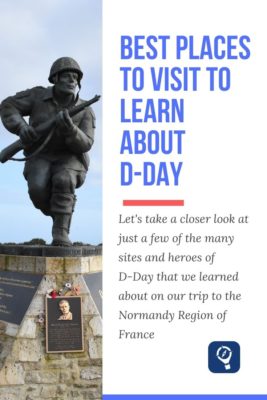
Recently I had the honor of participating in a sobering day-long tour of America’s involvement in the D-Day battles. Now, when I stop to remember and honor the men and women that participated, I can’t help but imagine the myriad of intimate human stories that were interwoven on those fateful days.
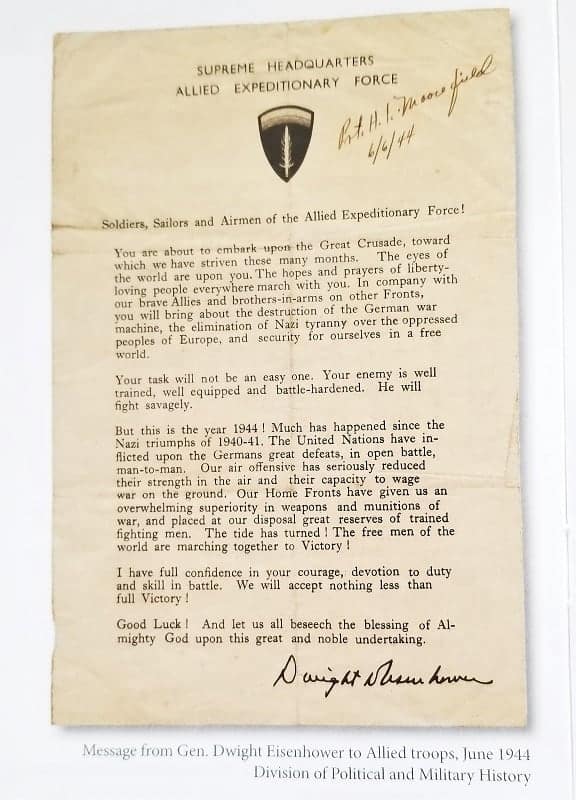
General Eisenhower
Let’s consider General Dwight D. Eisenhower. He and countless others labored for months in preparation for this risky battle. Ike crafted the precise words of this letter that was delivered to Allied troops. Imagine the conflicting emotions, knowing that thousands would likely be killed in this battle. But without it, Hitler and his armies would continue to ravage Europe and possibly even the world.
The French Resistance
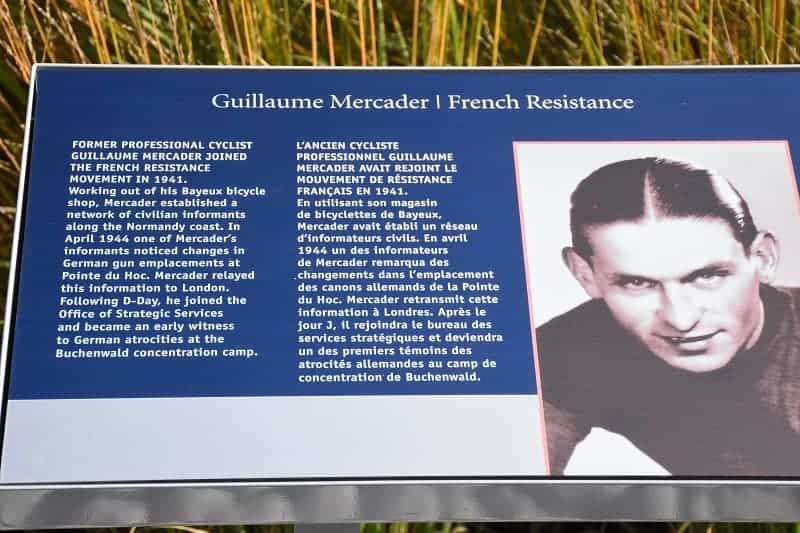
French professional cyclist, Guillaume Mercader and his colleagues chose to become informants against the Germans in their own back yard, instead of being mere observers. Guillaume as well as French housewives, store owners, farmers, students, and others show us that we can take a stand against oppression or extremism by playing our part, whether large or small.
Sonia Purnell shares in The Washington Post story, “What D-Day teaches us about the difficulty — and importance — of resistance”
“The humiliation of a first-world power becoming a subject nation to the Nazis within just six weeks left most French people unable to resist… Despite such forbidding conditions, a few brave souls, aided by a handful of secret agents dispatched from London, helped kick-start the French Resistance…
…They came from all walks of life: nuns and prostitutes, doctors and nurses, railway workers and government officials, business executives and police chiefs. All performed invaluable services in rescuing and sheltering British pilots and Resistance members on the run, gathering military and political intelligence, acting as couriers for weapons and secret messages, and organizing small-scale sabotage. They cut enemy telephone wires, packed explosives on roads and railways, blew up bridges, and removed signposts to confuse German convoys. “
Dwight Eisenhower estimated that the French Resistance helped to shorten the war by as much as nine months.
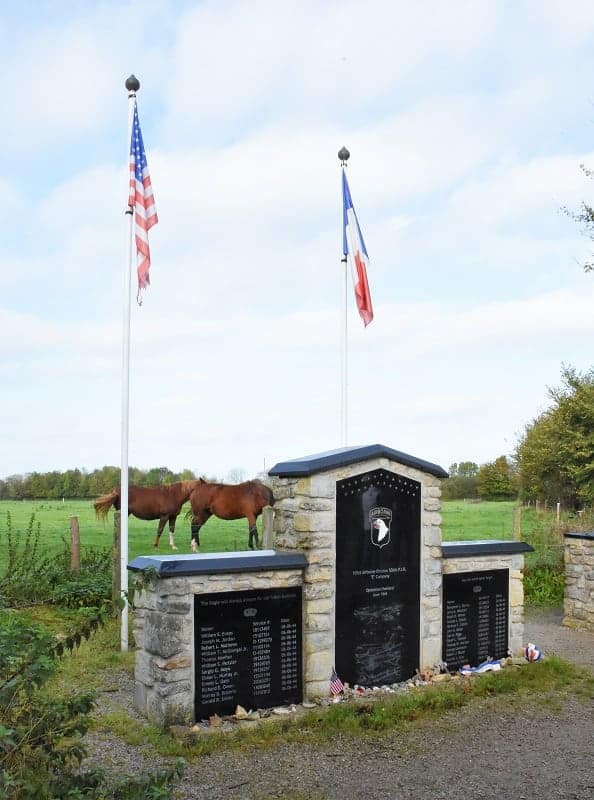
101st Airborne – Paratroopers
The 101st Airborne Division (AKA Screaming Eagles’) 6,600 paratroopers were to land in darkness to secure the exits of four causeways behind Utah Beach, destroy bridges northwest of Carentan; and capture two bridges northeast of the town.
History.net describes it this way:
“At approximately 1:30 a.m. on June 6, 1944, the commander of the 101st Airborne Division landed heavily in a French pasture near the village of Ste. Marie-du-Mont in Normandy. Major General Maxwell Taylor had no time to reflect on the fact that he was the first United States General ever to parachute into combat, as well as the first American general on enemy soil in the Allied invasion of France…
…For a variety of reasons, the American paratroopers underwent a wild night. In the words of one survivor, men landed in pastures, plowed fields, grain fields, orchards, and hedgerows. They landed at the base of anti-glider poles, in tall trees and small trees. Some landed on rooftops, in cemeteries, town squares, backyards, paved roads, and in roadside ditches. They landed in canals, rivers, bogs, and flooded areas. Some even drowned before they could get their gear off in the deep water.”
Two Medics at Angoville-au-Plain
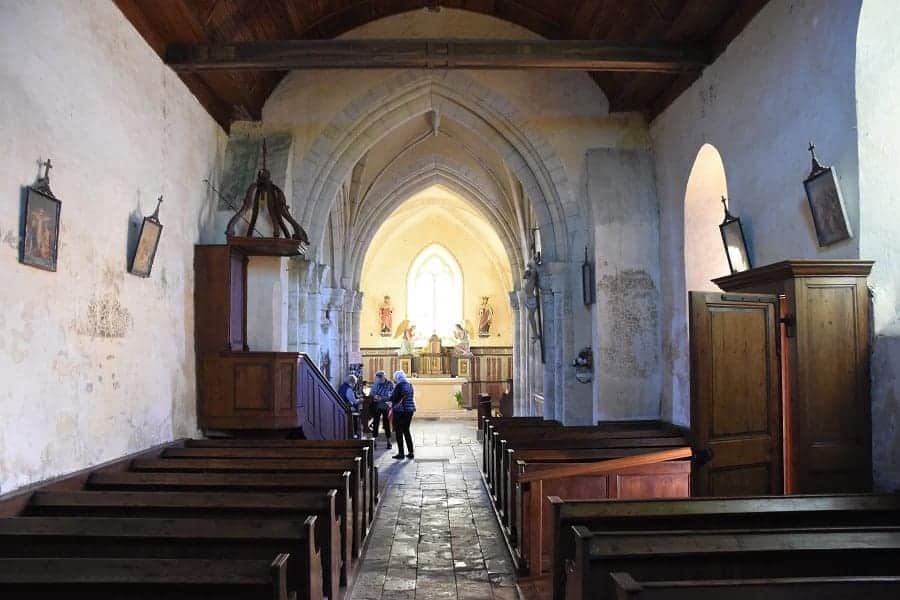
Two young medics of the Screaming Eagles, 20-year-old, Robert Wright from Ohio, and 19-year-old Kenneth Moore, were among them. Private Moore volunteered to be a paratrooper and was chosen to be a medic. He only received two weeks of medical training. After landing in the drop zone, the two quickly went into action setting up an aid station inside the 11th-century church at Angoville-au-Plain. They braved open countryside to search for the injured, taking them back to the church to carry out life-saving aid.
“By the evening we had 75 of them (wounded personnel and one local child, in the church). Our own folk had come to tell us that they could not stay any longer, so we were left with the wounded. A German Officer soon arrived and asked if I could tend to his wounded too. We accepted. During the night the churchyard was the scene of another battle. Two of our casualties died. But among those I could tend, none lost their lives. I tended all sorts of wounds, some were skin deep but others were more serious abdominal cases.”
Kenneth Moore described that first evening:
According to the Geneva Convention, soldiers wounded in battle were to receive aid from medics regardless of which side they were on. The soldiers stuck to this rule inside the church. The battle for Angoville-au-Plain raged around the church for three days, with possession teetering back and forth between the Allies and Germans. At one point, German troops forced their way into the church, but they saw the medics impartially treating injured from both sides. In an act of humanity, they withdrew and placed the Red Cross flag, the international symbol of medical aid, on the church door.
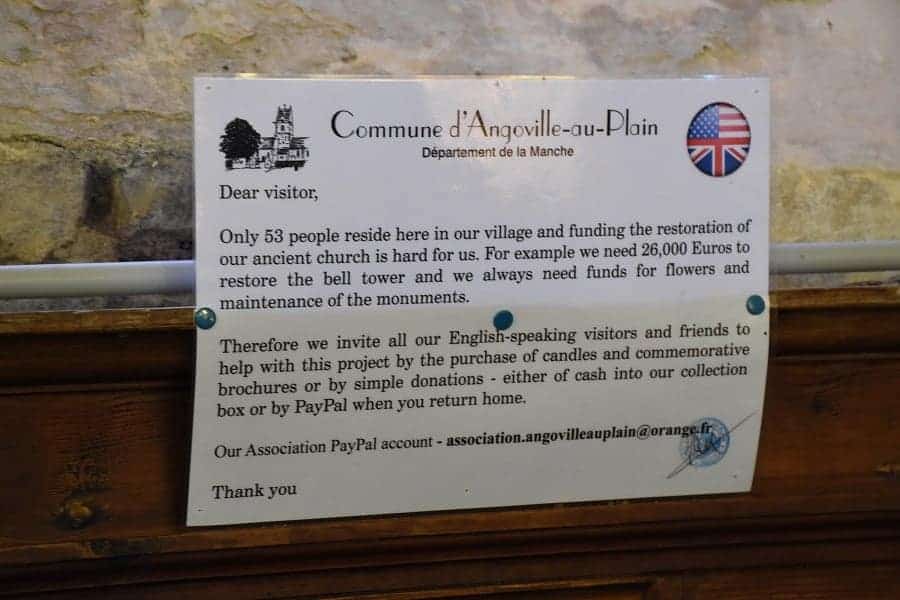
The Residents of Angoville-au-Plain
In the 75 years following these acts of service, the French residents of the tiny village of Angoville-au-Plain have preserved and restored this lovely church where the medics saved lives. They repaired the bomb-shattered roof and the blown-out windows. Craftspeople replaced the glass with stained glass images honoring the paratroopers, the fallen, and the medics. They preserve the memory of these selfless soldiers who cared for the injured, no matter where they were from.
Utah and Omaha Beach Landings
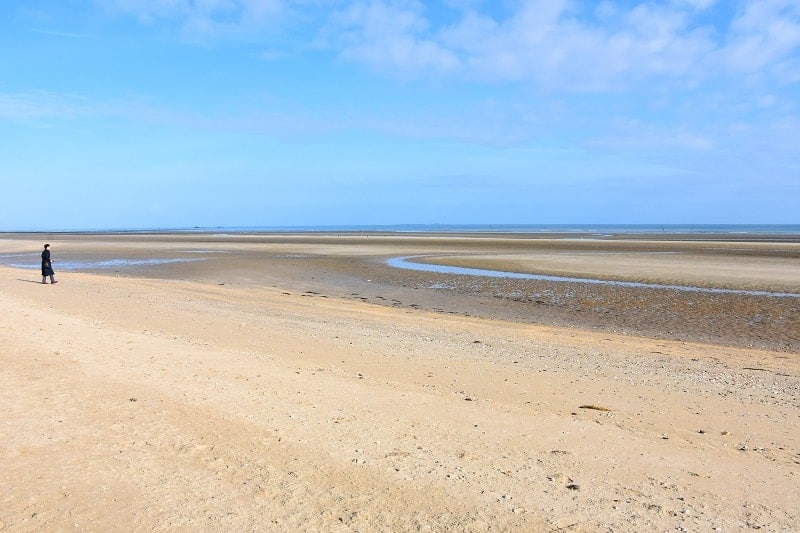
I stood in awe looking out over the massive expanse of Utah Beach. My heart was struck by the distance the soldiers had to travel from open water to the protection of the small dunes and grasses on the far side of the beach. I remembered the horrific opening scenes of the movie “Saving Private Ryan”. The movie didn’t even fully capture the extreme distance.
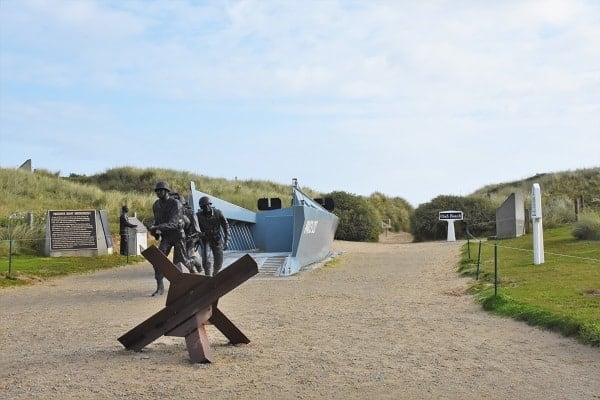
I can’t even imagine being a terrified young soldier involved in the largest amphibious invasion ever undertaken. A mission that saw tens of thousands of troops from the United States, the UK, France and Canada landing on five stretches of the Normandy coastline beginning at 6:30 a.m. that summer day.
In total, around 7,000 ships took part in the invasion, including 1,213 warships and 4,127 landing craft. In spite of the extensive casualties, this massive assault laid the foundations for the Allied defeat of Germany in World War II.
This is a once-in-a-lifetime trip that you don’t want to miss. Here are a few tours that I found that could help you make your dream trip to Normandy come true.
French Survivors Remember
Imagine being a French citizen living in the coastal and farm communities in the Normandy area. 20,000 citizens died in these battles, many as a result of Allied bombing that missed their mark.
This short video from the BBC, shares a little of what some survivors remember.
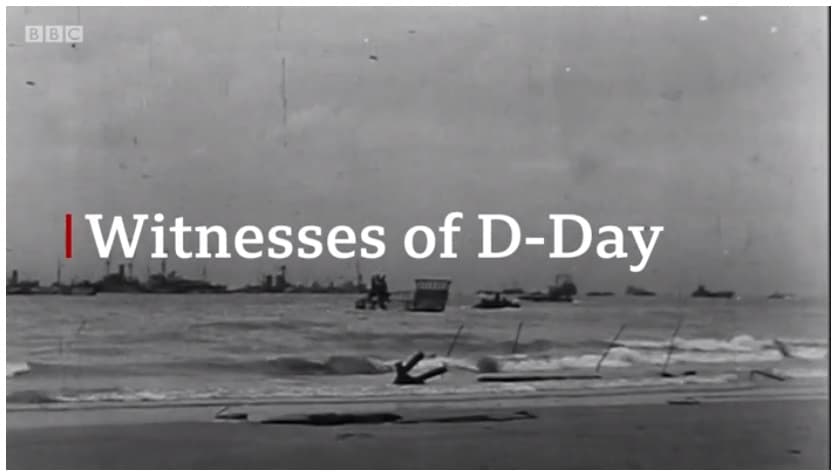
Scaling the Cliffs at Pointe-du-Hoc
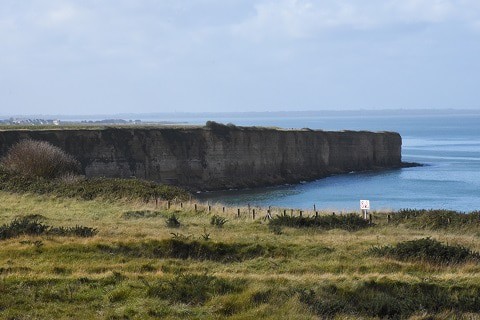
After becoming soaked in the rough seas, many of the heavily waterlogged rocket-propelled ropes fell short of the cliffs when fired. After losing two rope devices in the sea, Lieutenant Robert Arman removed his boat’s remaining rocket launchers and carried them ashore to the base of the cliffs at Pointe du Hoc. Technical Sargeant John Cripps launched each one by hand, despite being under heavy enemy fire. All four successfully caught hold of the cliff, allowing soldiers to scale the steep terrain to the top.
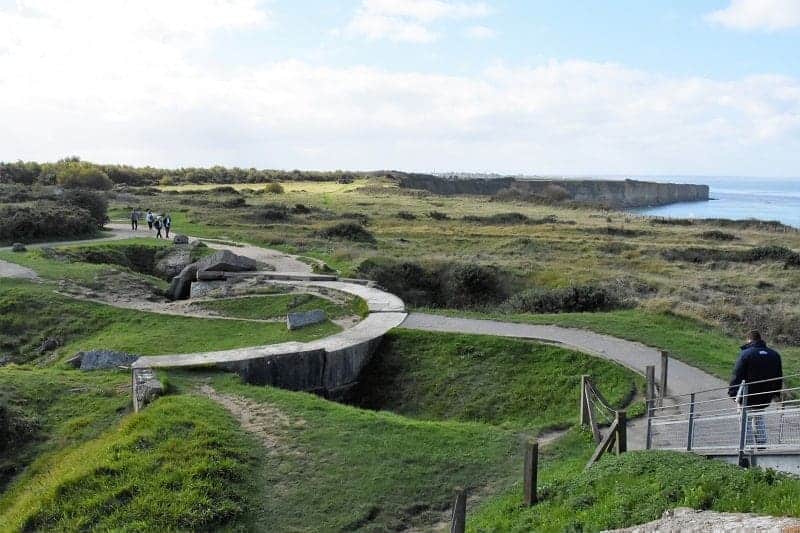
The soldiers scaling the cliffs had no idea that the large guns had been moved away from their locations. Once on top, despite fierce resistance, Rangers found and destroyed the guns. They then pushed onward to cut the highway south of Pointe du Hoc.
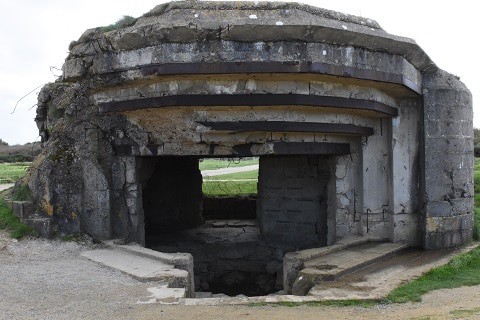
German Cemetery at La Cambe
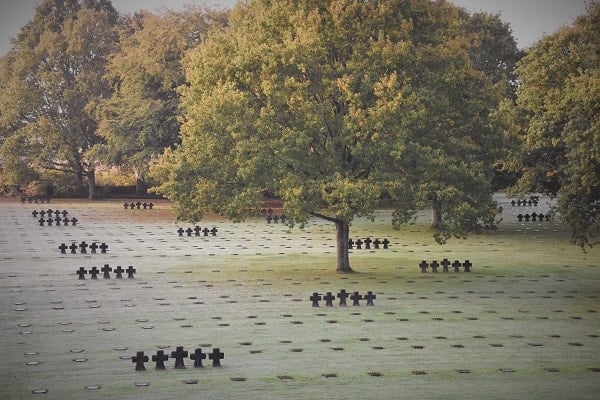
The German Military Cemetery at La Cambe, containing 21,000 who perished, brought an even more somber tone. The rows and rows of rough black lava rock crosses stood in stark contrast to the sleet white markers at the American Cemetery. The difference in perceptions between the “victors” and the “defeated” perhaps?
Imagine the tens of thousands of young German boys who fought for a cause they may not have believed in. Often knowing nothing of the genocide that their own countrymen committed in concentration and extermination camps not so far away.
In total, the Germans suffered 290,000 casualties on D-Day and in Normandy, including 23,000 dead, 67,000 wounded and around 200,000 missing or captured.
Normandy American Cemetery
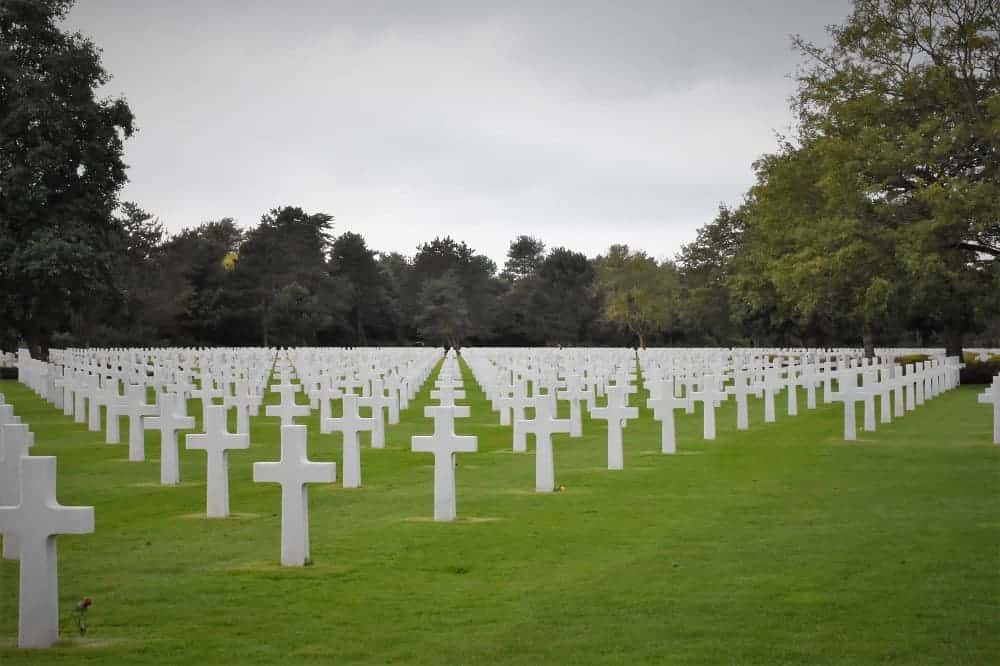
The American Military Cemetery in Colleville-sur-Mer contains the graves of more than 9,380 of our military dead. Most of the graves are soldiers who lost their lives in the D-Day landings and ensuing operations.
Many crosses in the cemetery remain un-named. You’ll see 1,557 names inscribed on the “Walls of the Missing”, in a semicircular garden on the east side of the memorial. Rosettes mark the names of those since recovered and identified.
The Niland Brothers
I can’t imagine being the mother of the four Niland brothers. Two of the brothers are buried in the Normandy American Cemetery. The 1998 film “Saving Private Ryan” was based on the Niland family. Four brothers all served valiantly in World War II.
Two brothers, Bob and Preston, both died in action in the same week, during the D-Day invasion of Normandy. Bob heroically volunteered to stay behind to try and slow down German advances while his company retreated. Preston died a day after in a battle near Utah Beach.
Two brothers ended up surviving the war. For a long time, they believed that only one of the four sons had lived through the fighting. The oldest brother, Edward Niland, was captured and imprisoned in a Japanese POW camp. He was presumed dead until after the war ended.
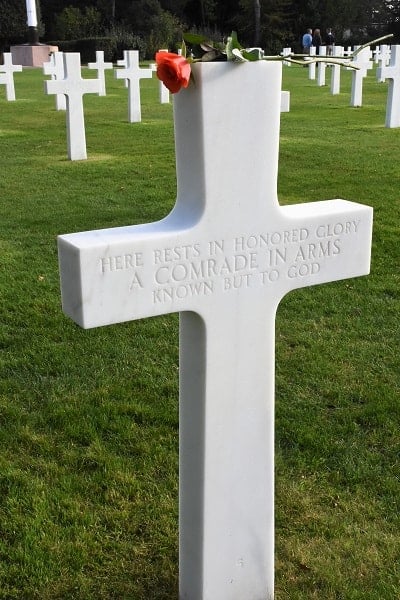
D-Day Allied Forces
Did you know that on D-Day, Allied forces consisted primarily of US, British, and Canadian troops, but also included Australian, Belgian, Czech, Dutch, French, Greek, New Zealand, Norwegian, Rhodesian [present-day Zimbabwe], and Polish support?
The sacrifices around the world were immense. The numbers were staggering. It was truly a World War. But every soldier, sailor, airman, and support person was an individual with a name, a beating heart, dreams, and aspirations. The soldiers and sailors left behind mothers and fathers, friends, classmates, spouses, and children.
And the horrific massacre that the Allied Forces would uncover was even more tragic. Millions and millions of Jews, Poles, and others labeled “undesirable” were murdered, tortured, or starved. They had no choice whether to engage in the battle. Old and young people were kidnapped from their homes and businesses. They had no idea where they were going or why the Nazis had so much hatred for them.
It wasn’t one country against another country. It was our sons and daughters fighting against theirs, to rescue those men, women, and children who were being persecuted. One step, one heartbeat, one breath at a time.
May we never forget those heartbeats…
Have you ever visited any of these sites? I’d love to hear your thoughts in the comments below.
Learn About the Holocaust:
If you visit Europe, please set aside time to see at least one Holocaust memorial or historical site. We visited the Dachau Concentration Camp Memorial near Munich, Germany when we were there.
Recommended Reading to Learn More About WWII
I’ve put together some tips about how to prepare for one of these sobering sites in this blog post here.
- Visit the General Eisenhower Presidential Library
- The Spark of Resistance: Women Spies in WWII –
- by Kit Sergeant
- D-Day Through French Eyes –
- by Mary Louise Roberts
- Dance on the Razor’s Edge: Crime and Punishment in the Nazi Ghettos
- by Svenja Bethke (Author), Sharon Howe (Translator)
- “What D-Day teaches us about the difficulty — and importance — of resistance”
- Washington Post
- D-Day Through German Eyes
- by Holger Eckhertz
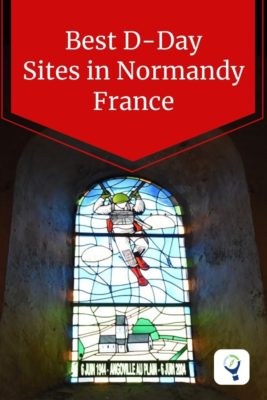
Traveling with Purpose is a reader-supported blog. In order to keep the lights on, I sometimes include links to products or services that I recommend. I may get commissions for any purchases that you make through those links, but it won’t cost you any more for the products. As an Amazon Associate, I also earn from qualifying purchases.
Category: Normandy, Europe, France, Travel Tips












This tugs at my soul. I very much want to do a trip to Europe and spend some real time in the locations of significance from both WWI and WWII. So much of our history is easily glossed over and forgotten, and I think it is so important to be a witness to it. Wonderful post.
Thanks Megan! It was quite a moving trip. We really loved the tour we went on, but would love to go back and spend more time too. We also visited the Dachau Labor Camp in Germany. Oh so heartbreaking.
Last summer I too had the privilege of touring the D-Day beaches to commemorate the 75th anniversary. It’s moving beyond words to stand on these beaches and imagine what took place. I enjoyed reading your account of your visit!
Thanks Sharon, I would love to go back again. Glad you had a chance to be there.